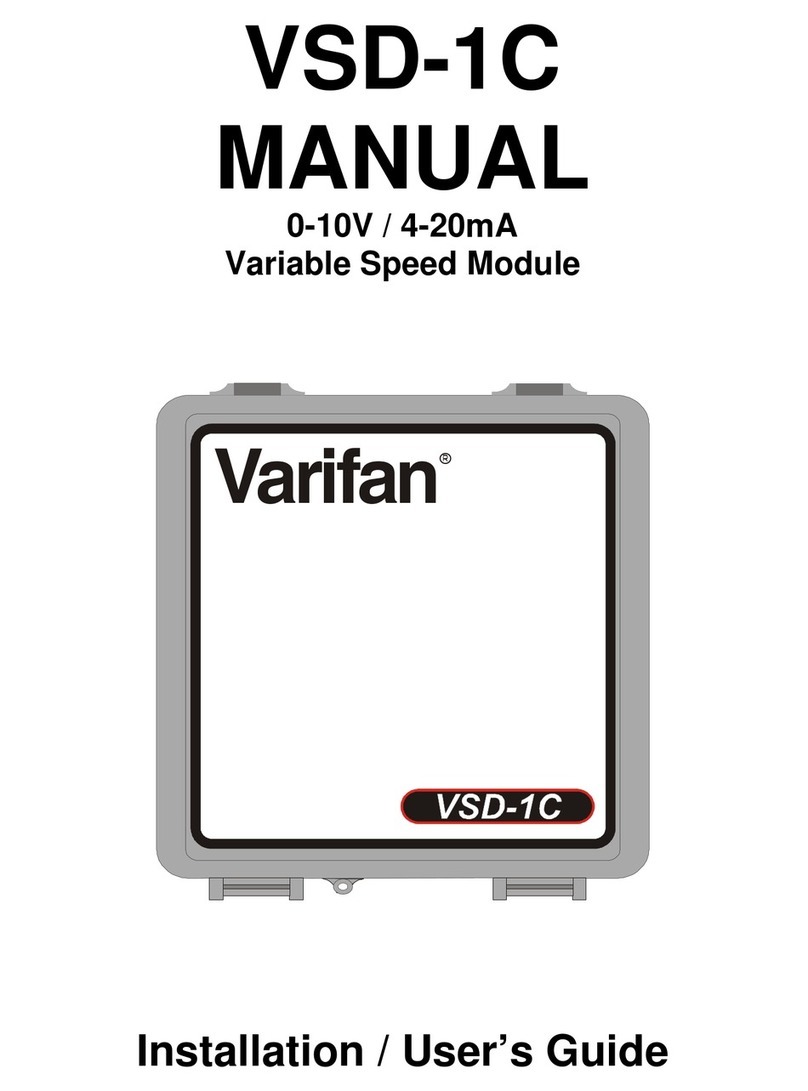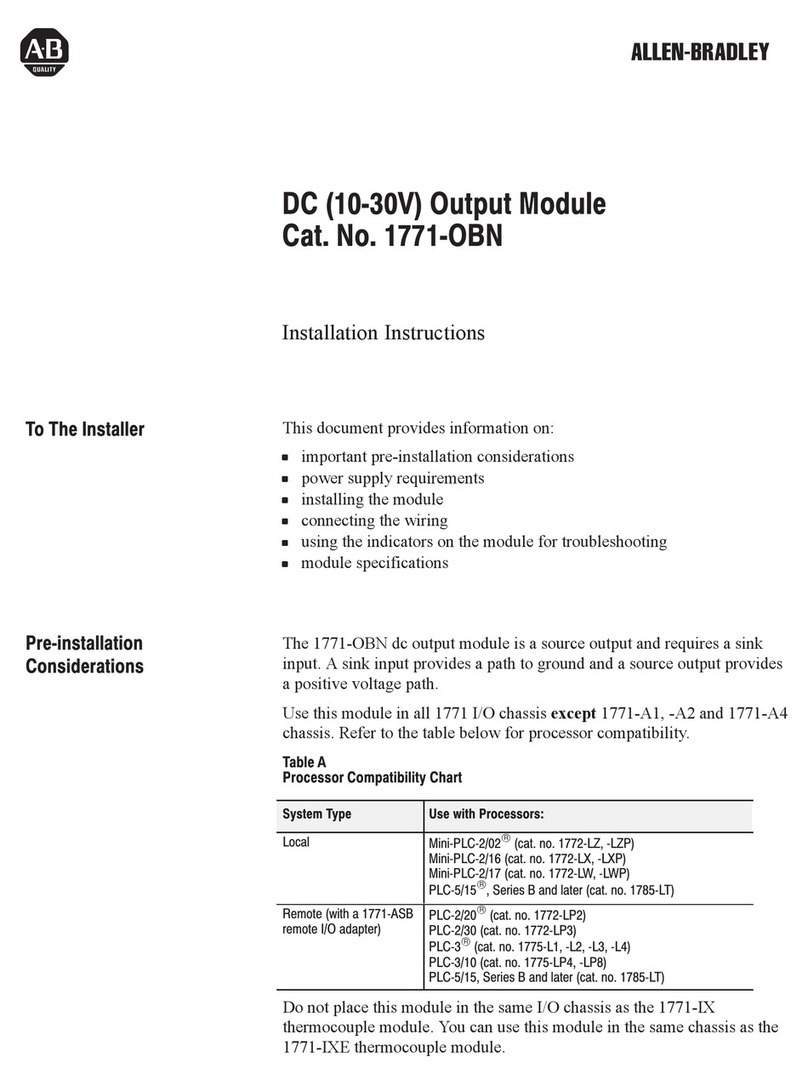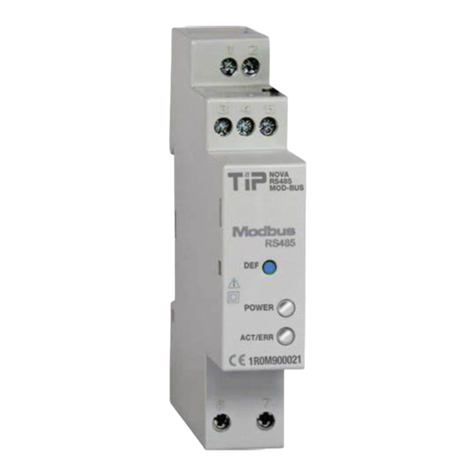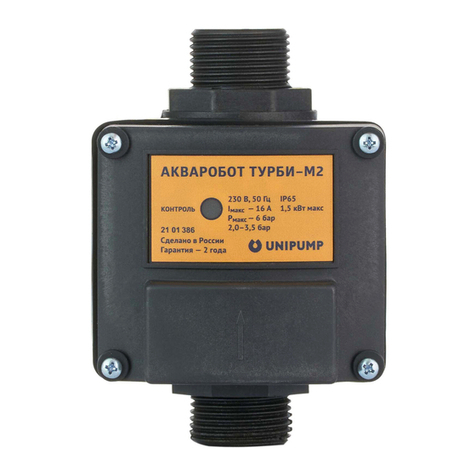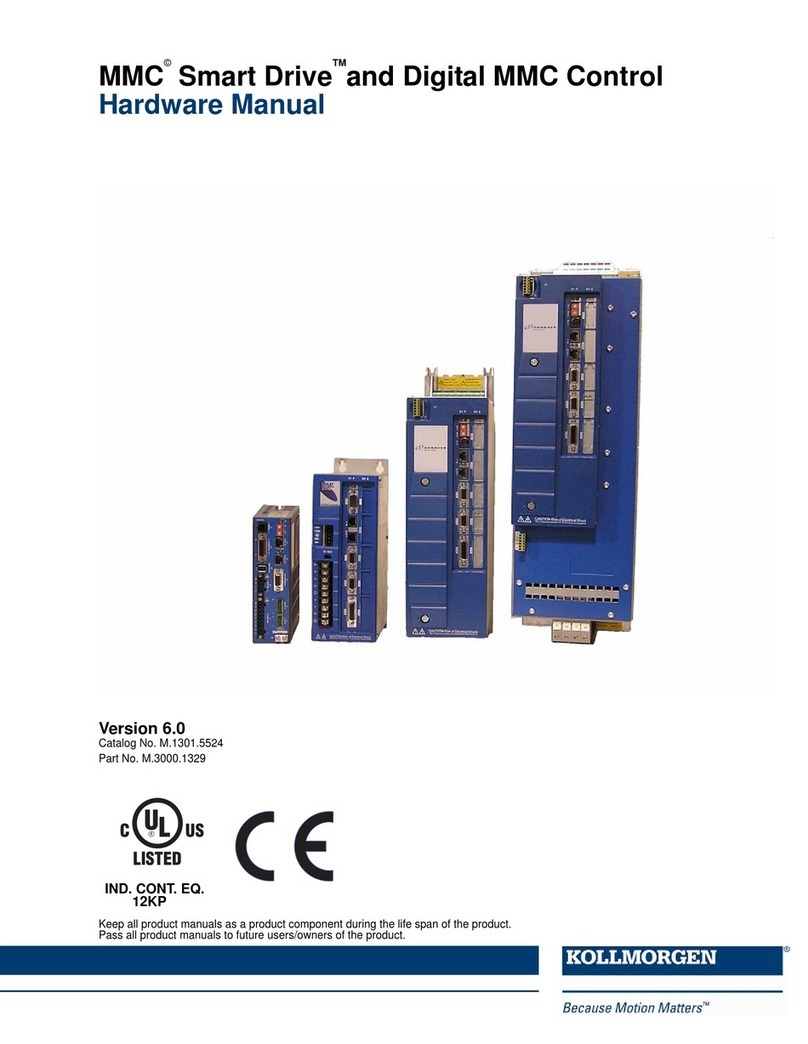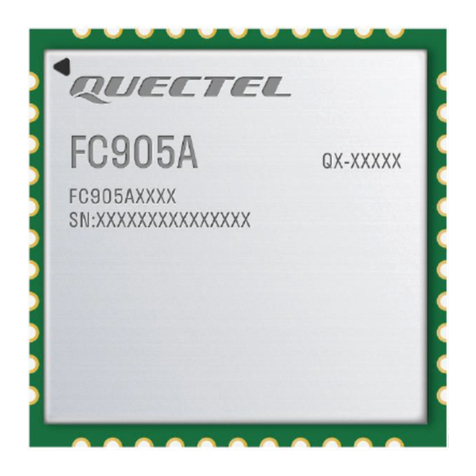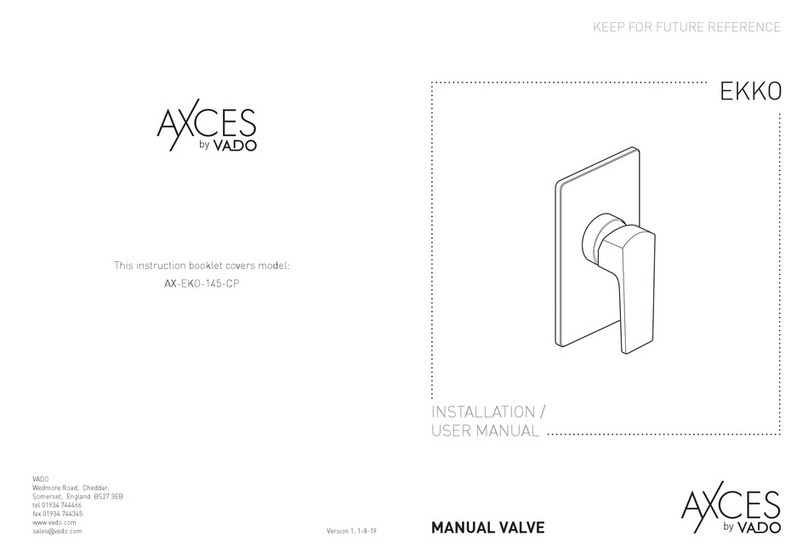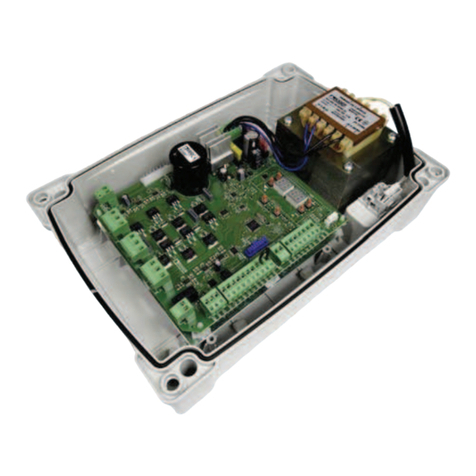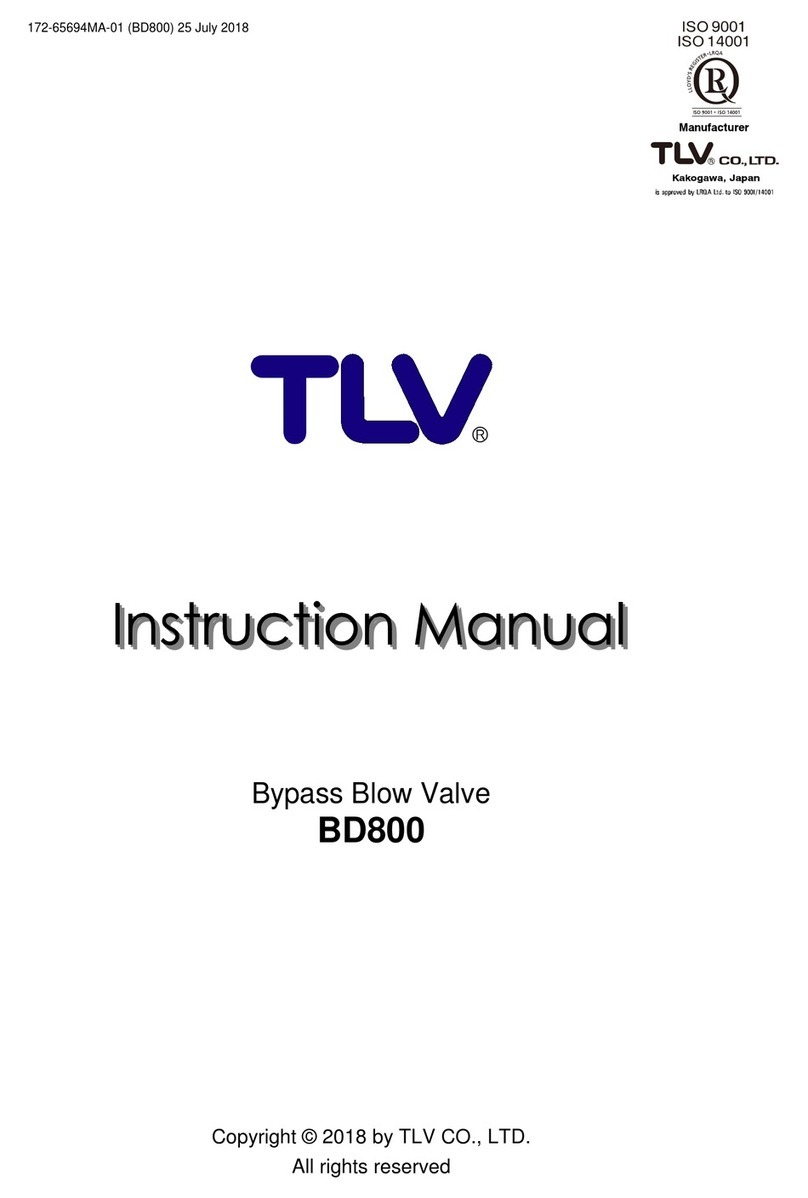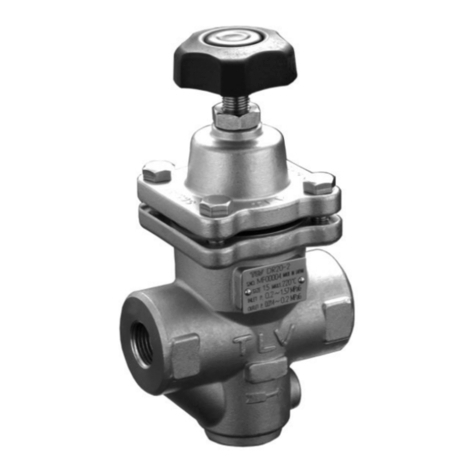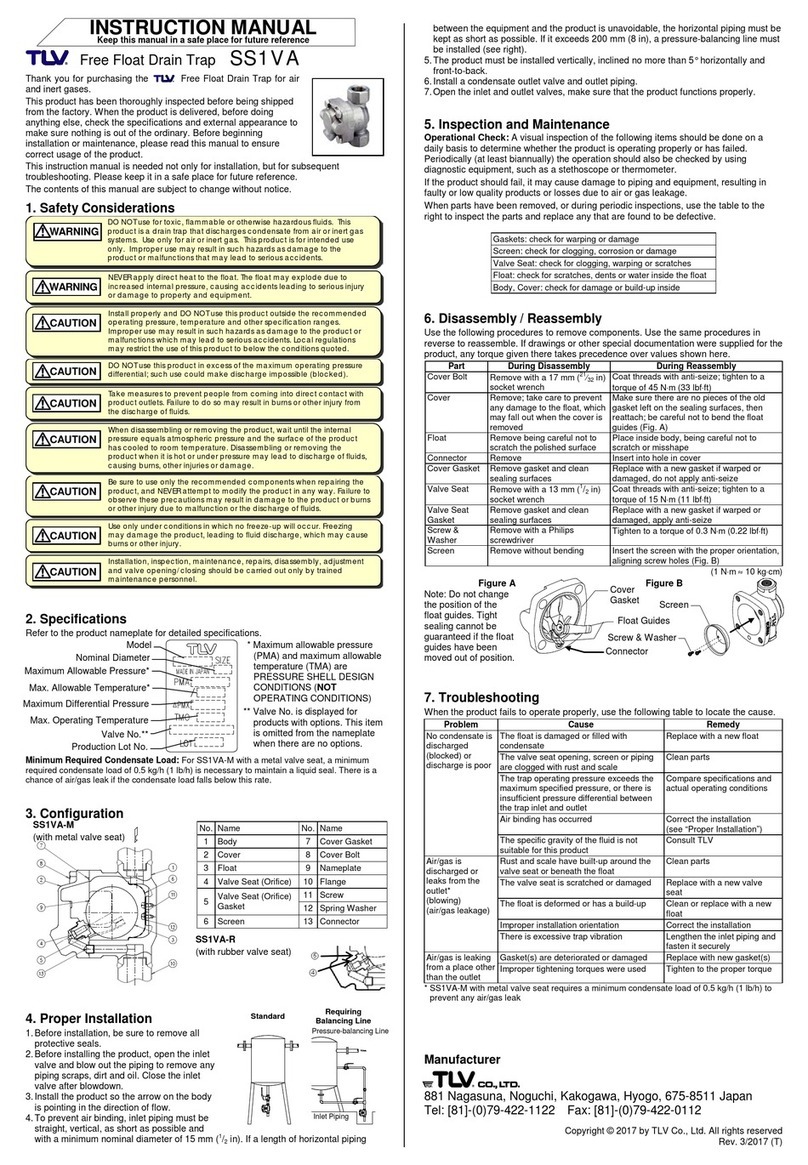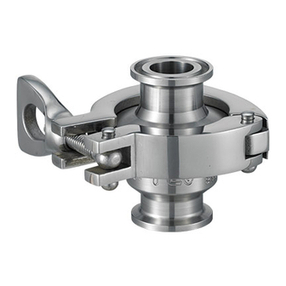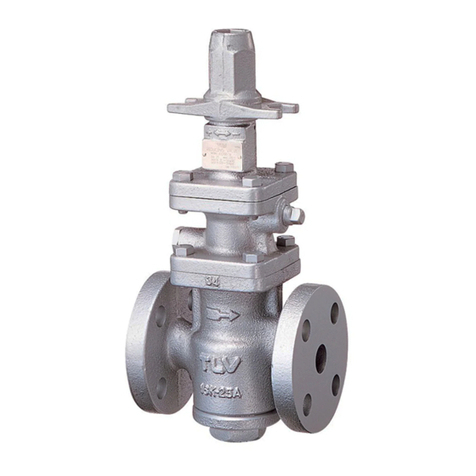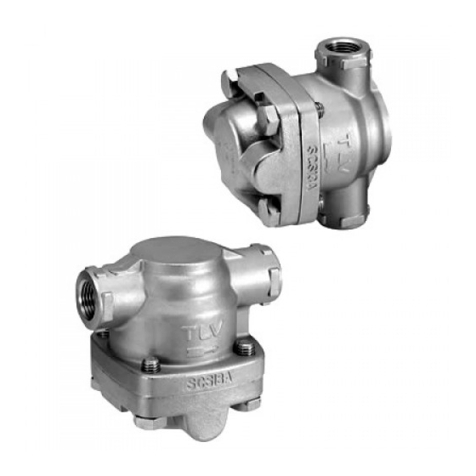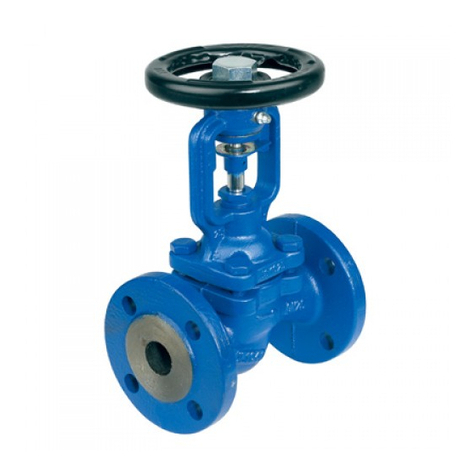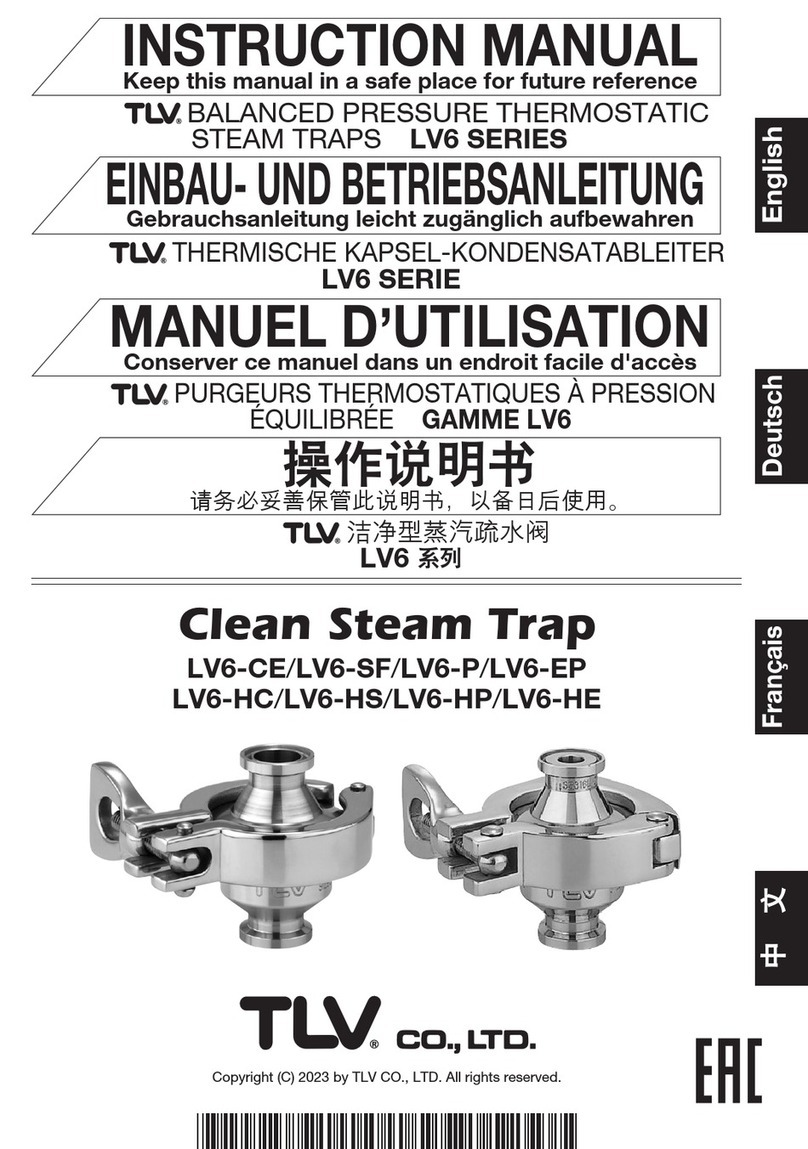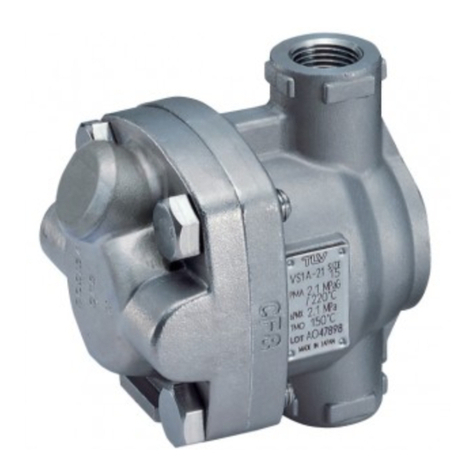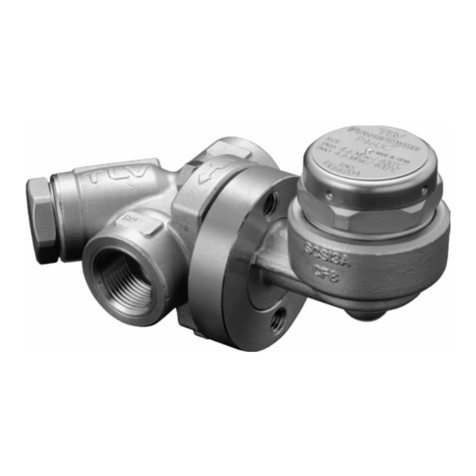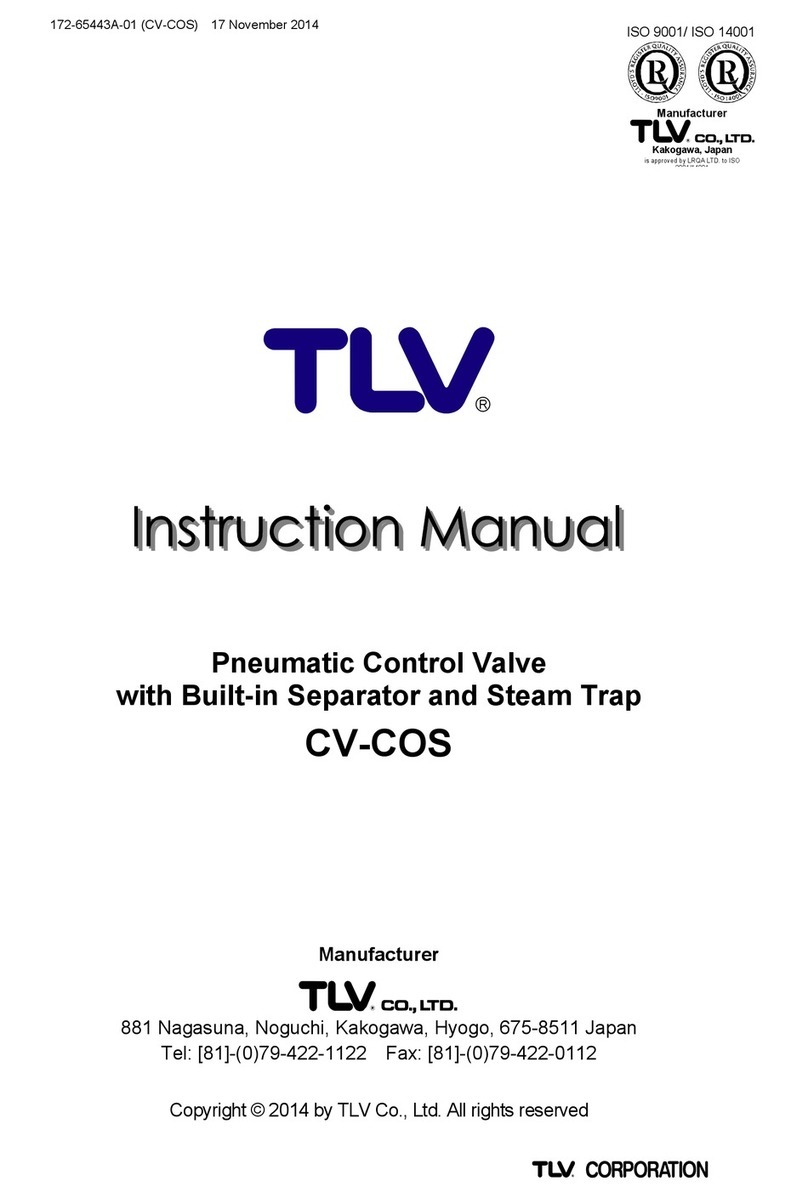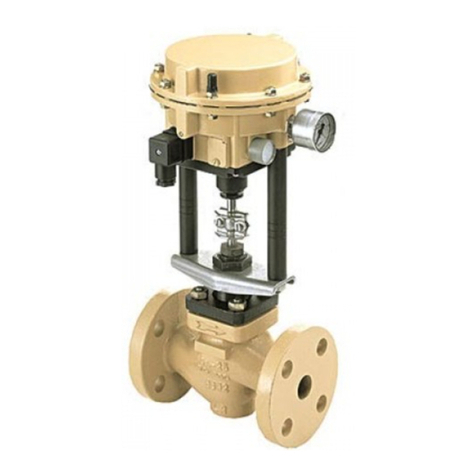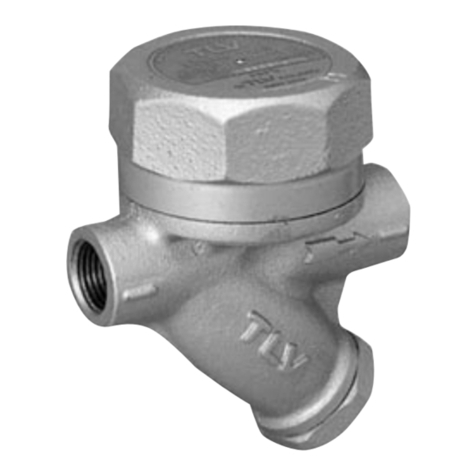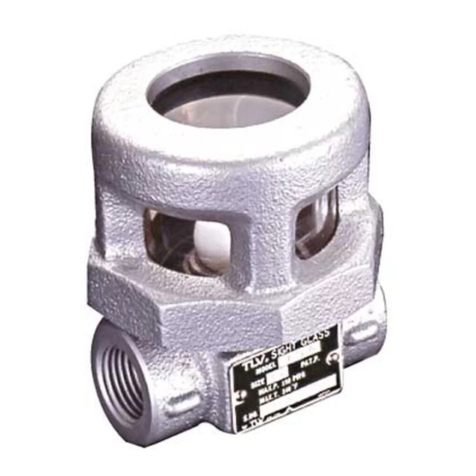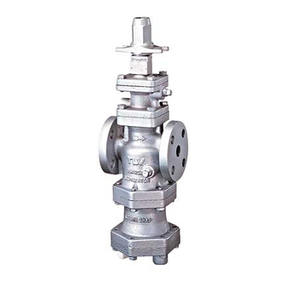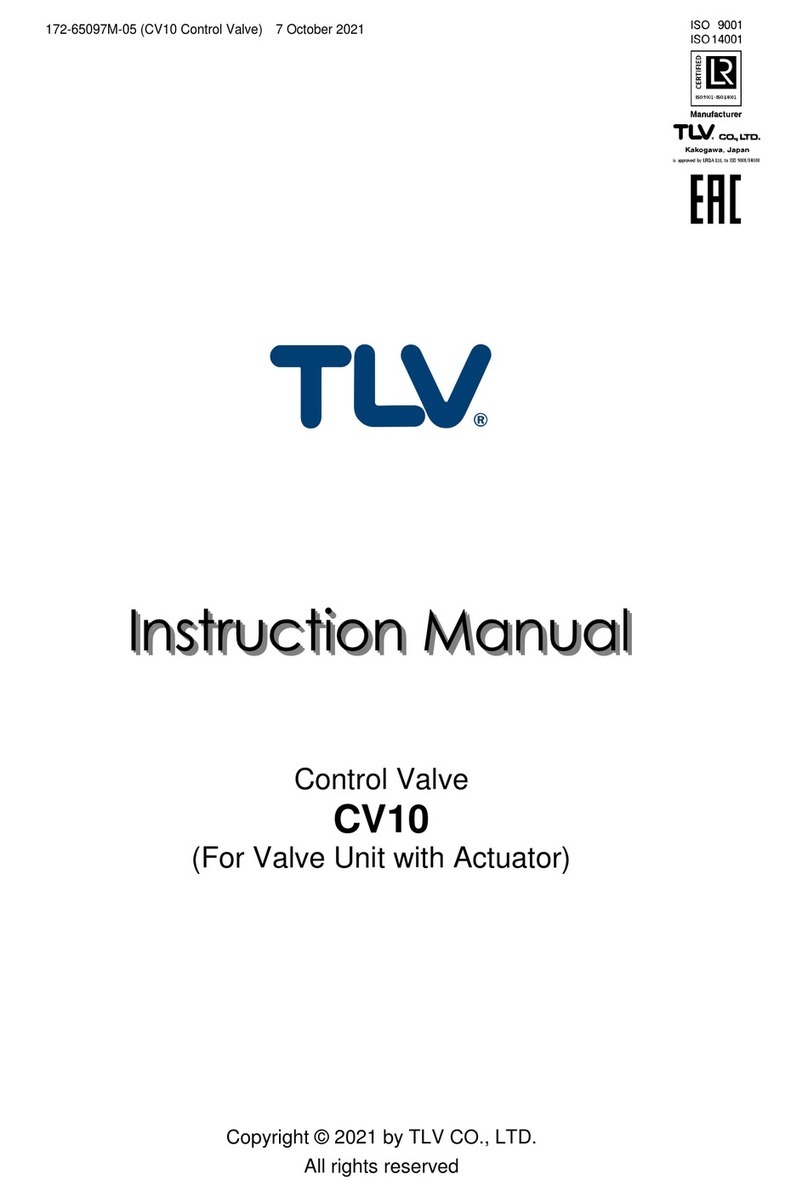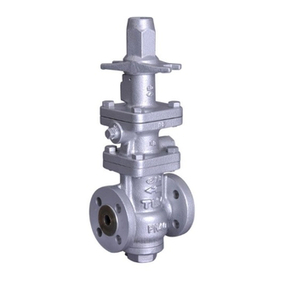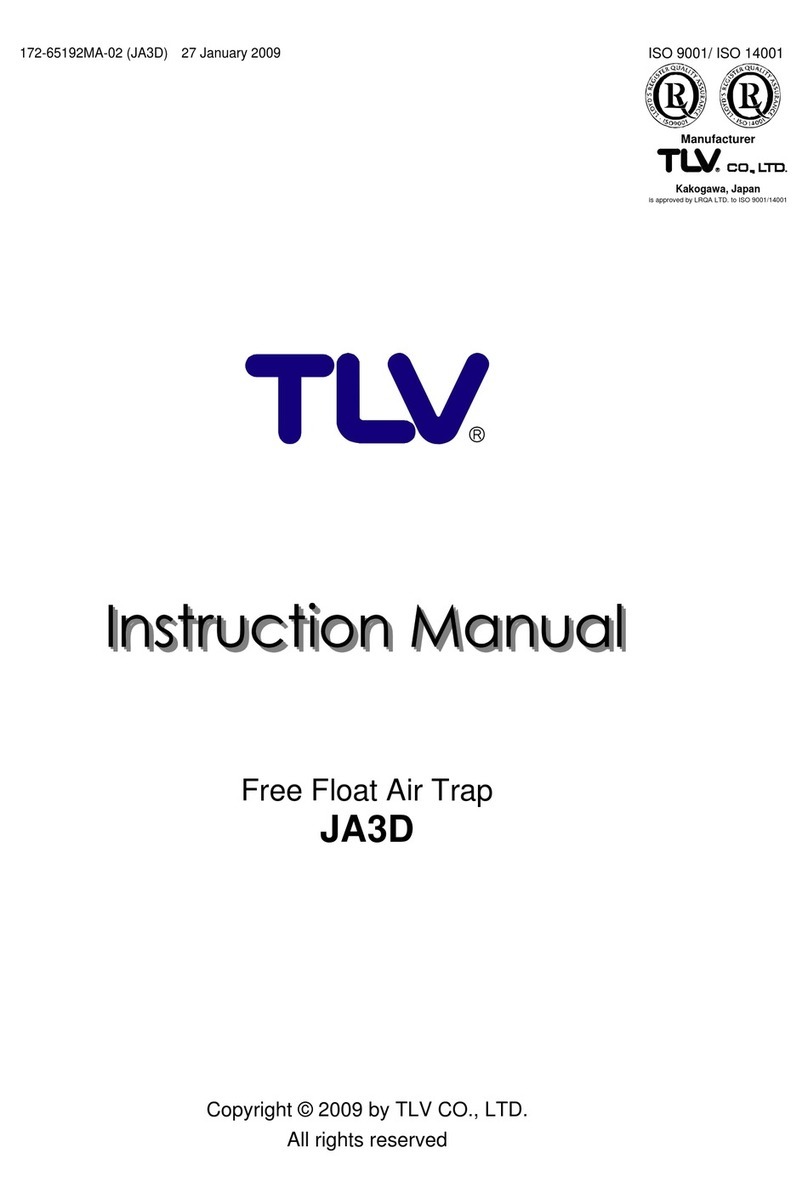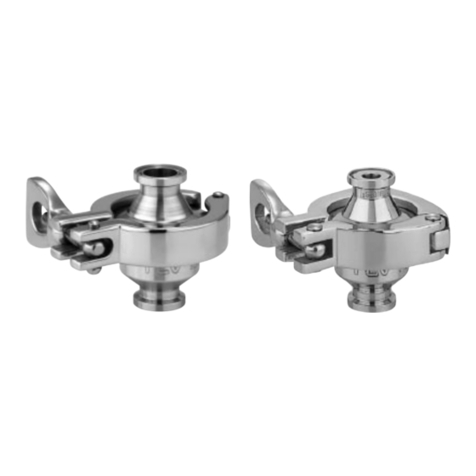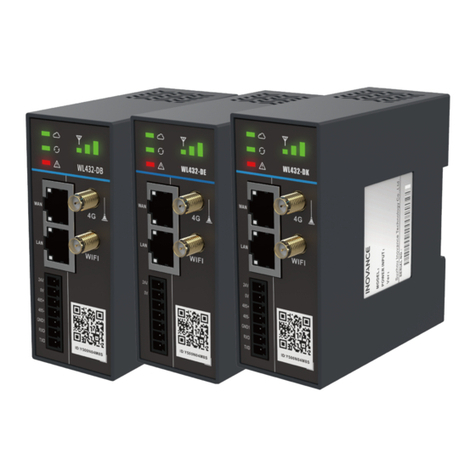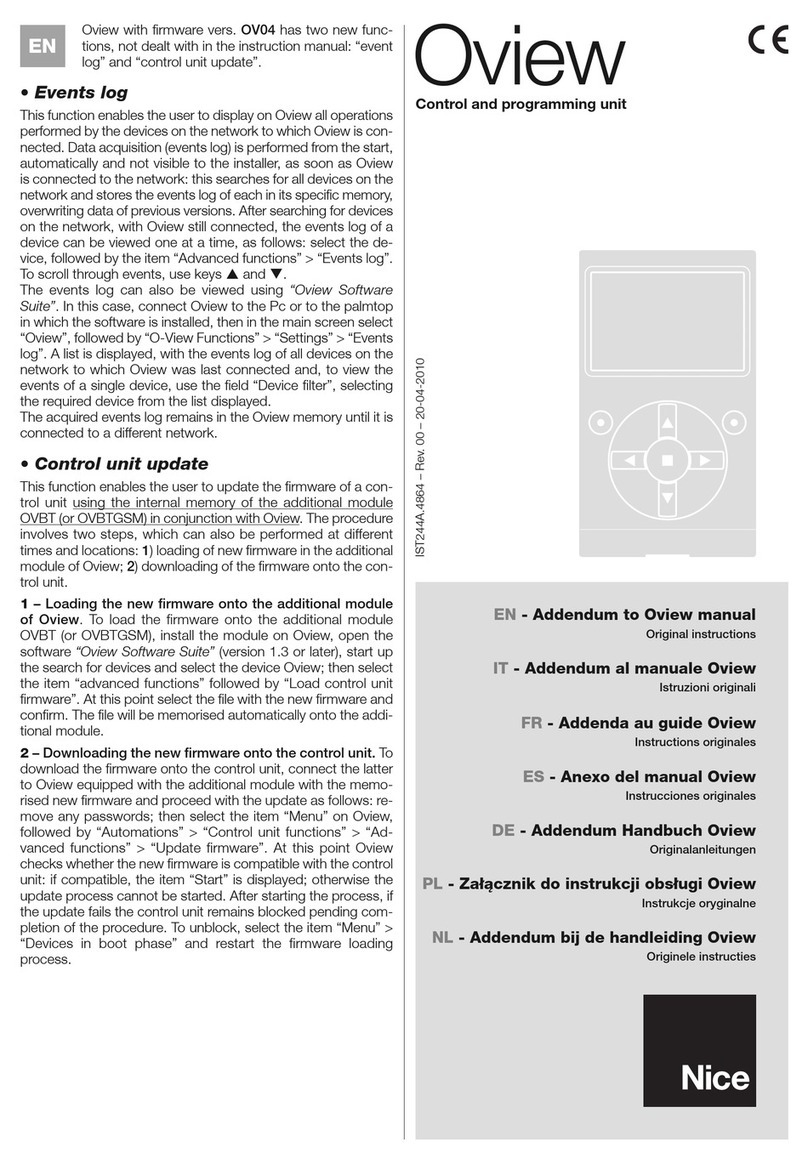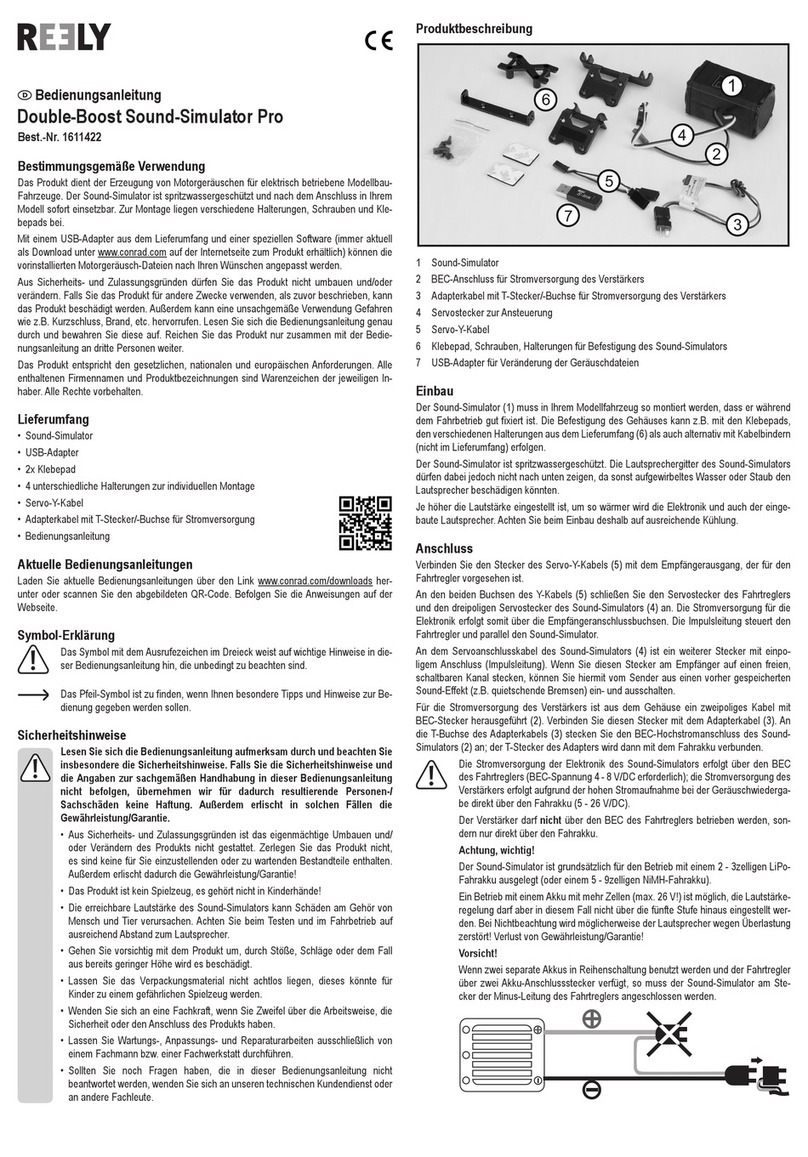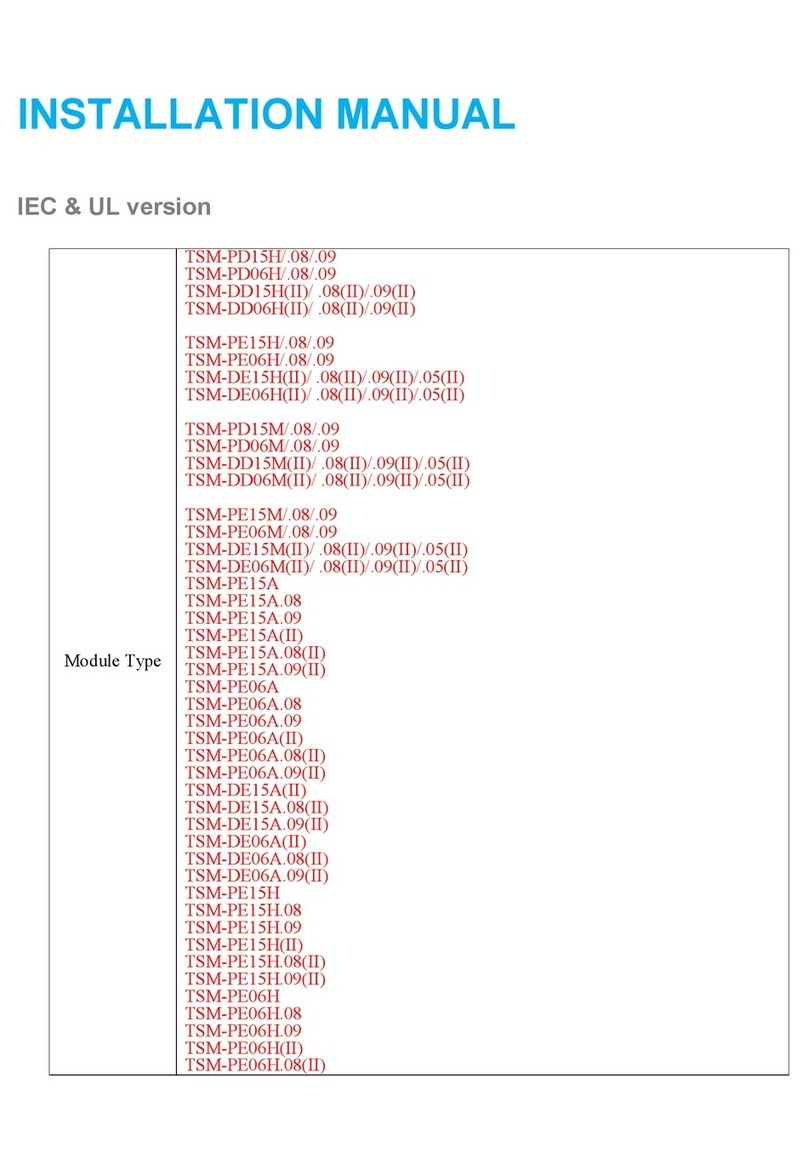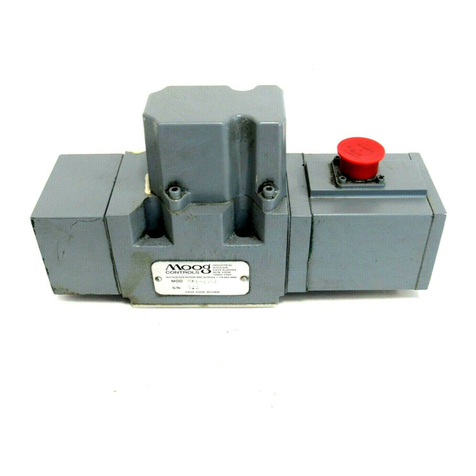
172-65169MA-08 (MC-COS Multi-control Valve) 28 May 2010
1
Contents
Introduction ........................................................................ 1
Safety Considerations ........................................................ 2
Specifications ..................................................................... 4
Correct Usage of the MC-COS Multi-control Valve ............ 6
Configuration...................................................................... 8
Installation ........................................................................ 10
Wiring Instructions............................................................ 17
Setting the Valve Coefficient ............................................ 19
Operation ......................................................................... 20
Inspection and Maintenance ............................................ 22
Disassembly..................................................................... 23
Reassembly ..................................................................... 29
Troubleshooting ............................................................... 30
Product Warranty ............................................................. 36
Introduction
Thank you for purchasing the MC-COS high-precision multi-control
valve for steam.
This product has been thoroughly inspected before being shipped from the
factory. When the product is delivered, before doing anything else, check the
specifications and external appearance to make sure nothing is out of the
ordinary. Also be sure to read this manual carefully before use and follow the
instructions to be sure of using the product properly.
Steam-using equipment can achieve its intended efficiency only if the steam
being used is very dry. Using steam in which matter such as condensate,
scale, types of grease or air is entrained can not only result in problems with
the steam-using equipment and in lowered productivity, but can also lead to
shortened service life for and malfunction of the multi-control valves.
The high-precision multi-control valve, model MC-COS, provides
accurate pressure control (MC-COS-3, MC-COS-16) and temperature control
(MC-COS-16) when combined with the SC-F70 digital indicator
controller or the SP-F70 programmable indicator controller.
If detailed instructions for special order specifications or options not contained
in this manual are required, please contact for full details.
This instruction manual is intended for use with the model(s) listed on the front
cover. It is needed not only for installation, but also for subsequent
maintenance, disassembly/reassembly and troubleshooting. Please keep it in
a safe place for future reference.




















